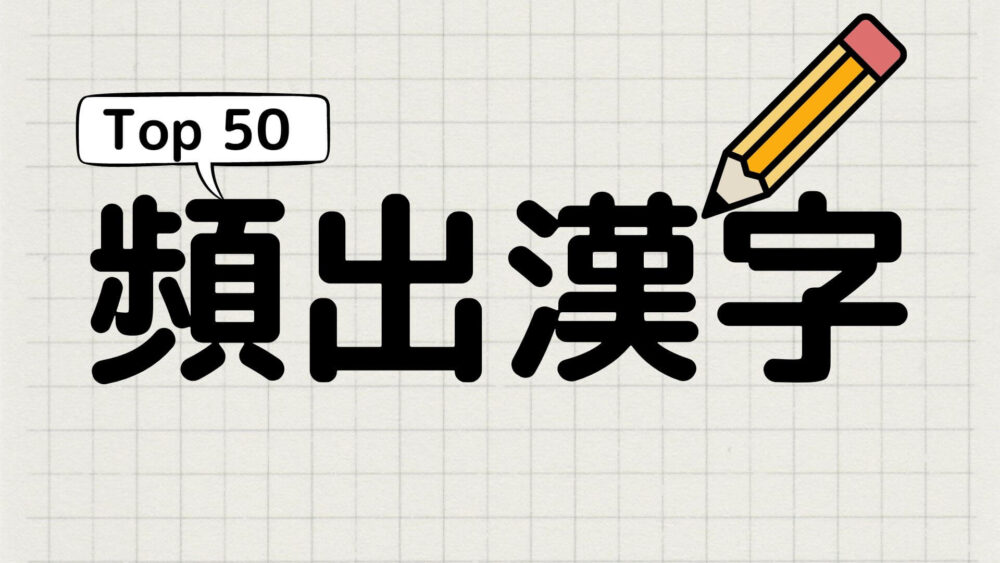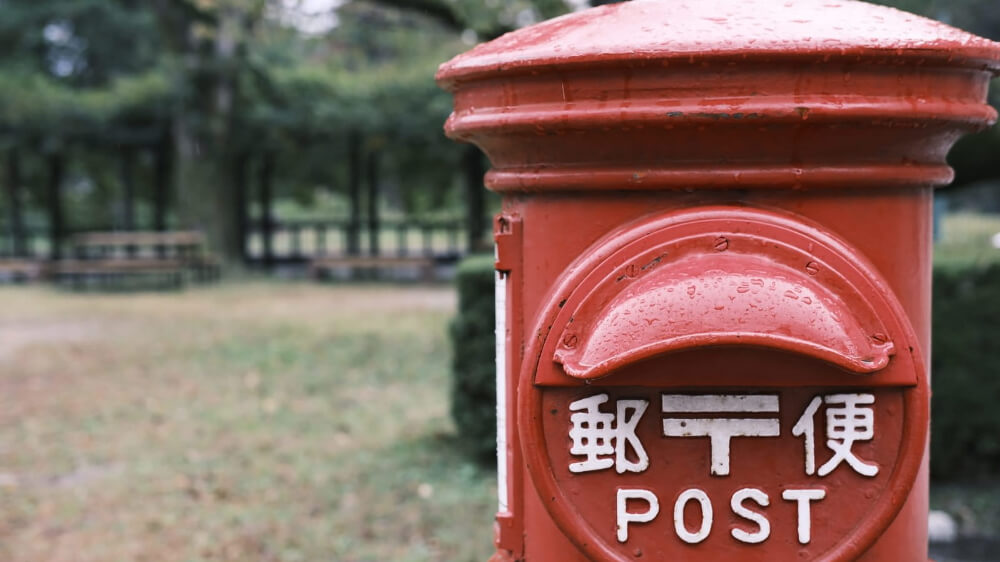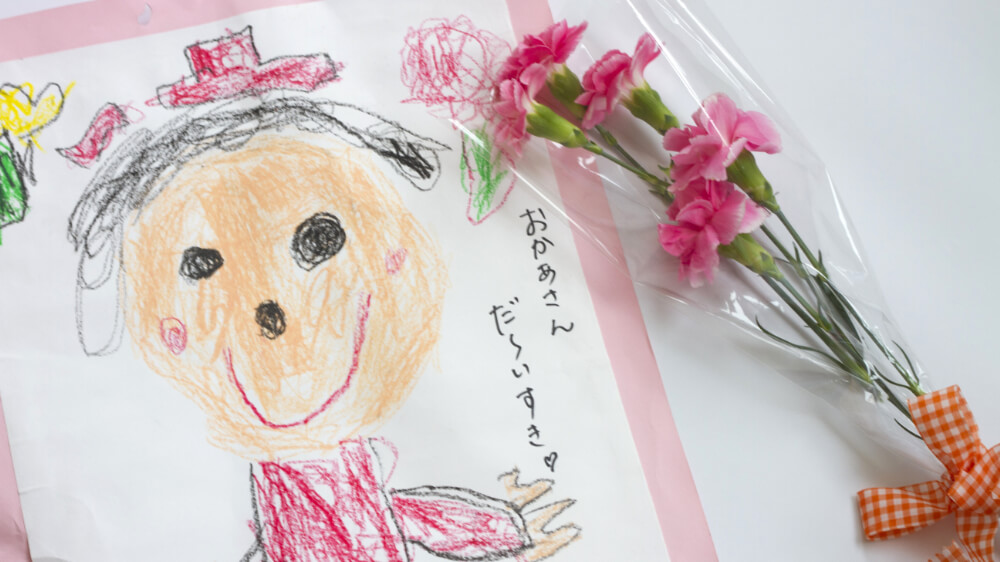Approximately 2,000 kanji are used in Japan, each with multiple readings and meanings. Some people may not know which kanji to start with. In this article, we will carefully select the 50 kanji that are most frequently used in daily life and that you should learn first. In addition, this list excludes unusual readings and only covers commonly used readings, making it useful for beginners to learn Japanese efficiently.
The list refers to the “Frequency of Kanji Usage Survey” conducted by the Agency for Cultural Affairs and is compiled by native speakers based on its importance and usefulness. The list is available for free to download as a PDF file.
If you’ve mastered the kanji on this list, continue to study with the “Frequently used Kanji list 51-100.“
Basic Knowledge of Japanese Kanji

Before listing the kanji, we will briefly provide some background information to assist you in learning Japanese Kanji.
Differences Between Chinese and Japanese Kanji
There are some kanji looks very similar in Japanese and Chinese, but their meanings and pronunciations can be completely different. In Japan, kanji is used alongside Hiragana and Katakana in writing, while China relies on Kanji alone.
Is learning Kanji necessary?
It is crucial for expatriates to learn Kanji, given its everyday integration and scarcity of English signage, particularly in non-tourist areas. Moreover, grasping Kanji significantly improves comprehension of Japanese texts and expressions.
Reading versus Writing Kanji
Prioritising understanding meanings of Kanji over reading or writing proficiency remains paramount. While modern technology diminishes the need for handwriting and some believe that reading skills should be prioritised over writing skills, basic writing skills remain valuable, especially for administrative duties.
Number of Characters to Learn
The number of characters to learn varies depending on factors such as the purpose of stay, occupation, age, and personal interests. Rough guidelines suggest:
- 100 characters: essential kanji that appear frequently in daily life
- 500 characters: understanding simple sentences and facilitating daily life
- 1000 characters: broader comprehension in both daily life and business contexts
- 2000 characters: achieving proficiency comparable to that of a native speaker.
On’yomi and Kun’yomi Readings
Kanji characters have two types of readings called “On’yomi” and “Kun’yomi”. The differences are as follows:
- On’yomi: Readings originated in China, often not conveying meaning on their own. Words containing two or more kanji characters are often read in on’yomi and appear frequently in conversations between adults.
- Kun’yomi: Readings originated in Japan, usually can be guess the meaning of the kanji on their own. Words often conbined with hiragana or words related to Japanese place or culture are often read in kun’yomi.
Frequently Used Kanji List
Kanji Related to Time

| Kanji | On’yomi | Kun’yomi | Meaning | Examples |
|---|---|---|---|---|
| 日 | nichi, jitsu | hi, bi, ka | day, sun | 3日間(mikkakan) – 3 days 日曜日(nichiyoubi) – Sunday |
| 月 | getsu, gatsu | tsuki | month, moon | 1月(ichigatsu) – January 毎月(maitsuki) – every month |
| 年 | nen | toshi | year, age | 2年(ninen) – two years 年上(toshiue) – older age |
| 時 | ji | toki | time, hour | 1時間(ichijikan) – 1hour 時々(tokidoki) – sometimes |
| 分 | fun, pun, bu | wa(-karu) | minute, part, share | 5分(gofun) – 5 minutes 分かる(wakaru) to understand |
| 今 | kon, kin | ima | now, current | 今週(konsyuu) – this week 今すぐ(ima-sugu) – right now |
| 間 | kan | aida, ma | space, gap, interval | 時間(jikan) – time この間(kono-aida) – the other day |
Kanji Related to People

| Kanji | On’yomi | Kun’yomi | Meaning | Examples |
|---|---|---|---|---|
| 人 | jin, nin | hito | person | 人間(ningen) – human あの人(ano-hito) – that person |
| 私 | shi | watashi | I, me, private | 私立(shiritsu) ‐ private (establishment) 私達(watashitachi) – we |
| 友 | yuu | tomo | friend | 友情(yuujou) – friendship 友達(tomodachi) – friend |
| 子 | shi | ko | child, kid | 男の子(otoko-no-ko) – boys 男子(danshi) – boys |
| 自 | ji | mizuka(-ra) | self | 自分(jibun) – myself 自ら(mizukara) – one’s self |
| 女 | jo | onna | woman, female | 女性(josei) women 女の子(onna-no-ko) girl |
| 男 | dan | otoko | man, male | 男性(dansei) – men 長男(chonan) – eldest son |
Kanji Related to Body

| Kanji | On’yomi | Kun’yomi | Meaning | Examples |
|---|---|---|---|---|
| 体 | tai | karada | body | 体重(taijuu) – weight 体中(karadajuu) – throughout the body |
| 手 | shu | te | hand | 運転手(untenshu) – driver 手のひら(te-no-hira) – palm |
| 目 | moku | me | eye, look | 目的(mokuteki) – objective 目を閉じる(me-wo-tojiru) – close one’s eyes |
| 口 | kou | kuchi | mouth, opening | 一口(hitokuchi) – a bite 入口(iriguchi) – entrance |
Kanji Related to Directions and Places

| Kanji | On’yomi | Kun’yomi | Meaning | Examples |
|---|---|---|---|---|
| 右 | u, yuu | migi | right | 右折(usetsu) – right turn 右手(migite) – right hand |
| 左 | sa | hidari | left | 左右(sayuu) – left and right 左足(hidariashi) – left foot |
| 上 | jou | ue, kami, a(-geru), nobo(-ru) | up, above | 上手(jouzu) – good, skillful 上げる(ageru) – to raise, to elevate |
| 下 | ge, ka | shita, shimo, sa(-geru), kuda(-ru) | down, below, kid | 廊下(rouka) – corridor 下さい(kuda-sai) – please |
| 中 | chu | naka, uchi | in, inside, middle | 中心(chushin) – center 夜中(yonaka) – midnight |
| 外 | ge, gai | soto, hoka, hazu(-su) | outside, exterior | 外国人(gaikokujin) – foreigner 外す(hazusu) – to remove, to detach |
| 前 | zen | mae | front, before | 午前(gozen) – morning, a.m 名前(namae) – name |
| 後 | go, kou | ushi(-ro), ato | ushi(-ro), ato | 午後(gogo) – afternoon, p.m 後ろ(ushiro) – behind, back |
| 国 | koku | kuni | country | 外国(gaikoku) – foreign country あの国(ano-kuni) – that country |
| 市 | shi | ichi | city, market | 京都市(kyoto-shi) – Kyoto city 市場(ichiba) – (street) market |
| 町 | chou | machi | town | ニセコ町(niseko-cho) – Niseco town 下町(shitamachi) – downtown |
Kanji Related to Actions

| Kanji | On’yomi | Kun’yomi | Meaning | Examples |
|---|---|---|---|---|
| 見 | ken | mi(-ru) | look, see, view | 意見(iken) – opinion 見る(miru) – to watch, to look, to see |
| 食 | syoku | ta(-beru) | eat, food | 朝食(choshoku) – breakfast 食べる(taberu) – to eat |
| 行 | kou, gyou | i(-ku) | go, journey | 旅行(ryokou) – traveling 行く(iku) – to go |
| 言 | gen, gon | i(-u), koto | say, word | 言語(gengo) – language 言葉(kotoba) – word |
| 学 | gaku | mana(-bu) | study, learn | 学生(gakusei) – student 学ぶ(manabu) – to learn |
| 会 | kai | a(-u)) | meet | 会社(kaisha) – company 会う(au) – to meet |
| 入 | nyu | hai(-ru) | enter, insert | 入学(nyuugaku) – to enter to school 入る(hairu) – to enter |
| 出 | shutsu | de(-ru), da(-su) | go out, leave | 出発(shuppatsu) – departure 出口(deguchi) – exit |
Kanji Related to Nature

| Kanji | On’yomi | Kun’yomi | Meaning | Examples |
|---|---|---|---|---|
| 水 | sui | mizu | water | 水泳(suiei) – swimming 飲み水(nomimizu) – drinking water |
| 木 | moku | ki | tree, wood | 木曜日(mokuyoubi) – Thursday 木(ki) – tree |
| 山 | san | yama | mountain | 火山(kazan) – volcano 山登り(yama-nobori) – mountain climbing |
Kanji Related to Numbers

| Kanji | On’yomi | Kun’yomi | Meaning | Examples |
|---|---|---|---|---|
| 一 | ichi | hito(-tsu) | one | 一日(ichi-nichi) – one day, all day 一人(hitori) ‐ one person |
| 二 | ni | futa(-tsu) | two | 二月(ni-gatsu) – February 二人(futari) ‐ two persons |
| 三 | san | mi(-tsu) | three | 三人(san-nin) – three persons 三日(mikka) ‐ the third day of the month |
| 十 | juu | tou | ten | 十月(juu-gatsu) – October 十日(touka) – the tenth day of the month |
Other Essential Kanji

| Kanji | On’yomi | Kun’yomi | Meaning | Examples |
|---|---|---|---|---|
| 大 | dai | oo(-kii) | big, large | 大学(daigaku) – university 大きい(ookii) – big, large |
| 小 | sho | chii(-sai), ko | small, little | 小学校(shogakkou) – primary school 小さい(chiisai) – small, little |
| 円 | en | maru | circle, round, yen | 100円(hyaku-en) – 100 yens 黒丸(kuromaru) – black dot |
| 気 | ki, ke | spirit, mind, mood | 気持ち(kimochi) – feeling 天気(tenki) – weather | |
| 本 | hon | moto | book, present | 本当(hontou) – truth, fact 元々(motomoto) – originally |
| 生 | sei, shou | i(-kiru), u(-mu), nama | live, raw | 先生(sensei) – teacher 生きる(ikiru) – to live |
For those who want to learn kanji in a practical and efficient way, this list will be helpful. By downloading the kanji list in PDF, you can accelerate your study of the 50 kanji you should learn first. Learning kanji is the key to enriching your stay in Japan.
Have you already mastered these kanji? Then it’s time to move on to the next level: ”Frequently Used Kanji 51-100.”


